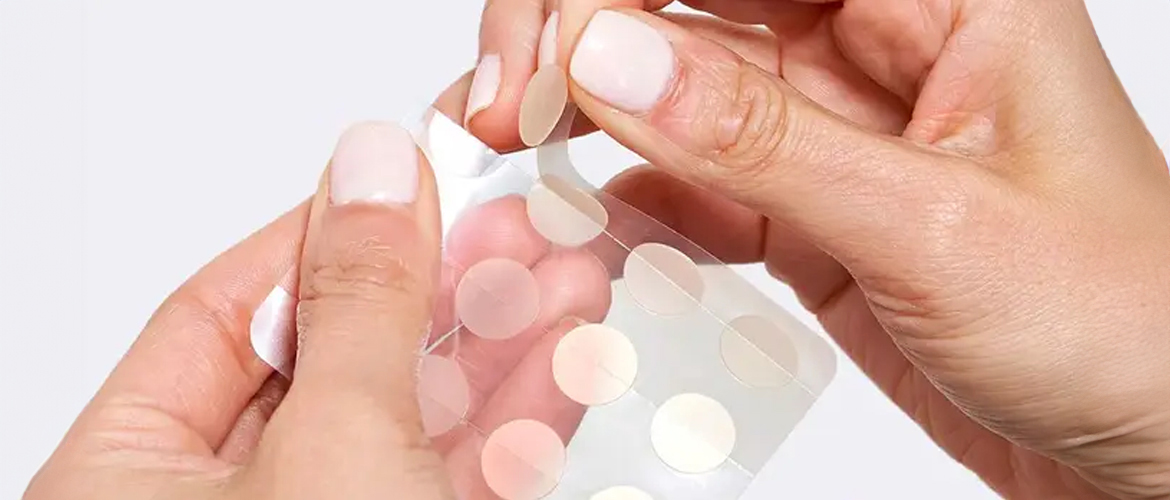Have you ever felt worried and troubled about the unwelcome pimples on your skin? Don’t worry!!! You are not the only one!!! Every woman has experienced pimple problems once in their lifetime. There are so many creams and treatments to get rid of your pimples. But have you ever heard about how pimple patches work on your skin? Come let us know about them briefly!!!
What are Pimple Patches?
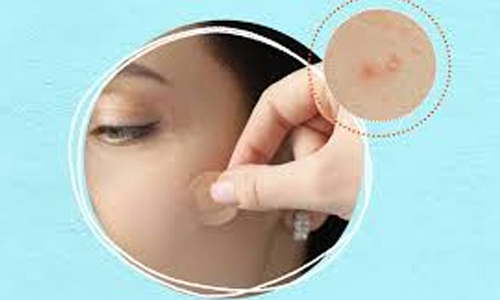
Pimple patches are nothing but an acne sticker that can be applied directly on the pimple to help absorb the pus and fluids. Also, they help in reducing the pimple spot to heal fast. These patches are made up of gel-forming hydrocolloids, that are used to heal inner wounds.
How Do Hydrocolloid Patches Works?
Hydrocolloid patches usually absorb the excess oil and impurities in the pimple, creating a protective barrier to the pimple, to keeping it bacteria-free. These hydrocolloid patches don’t contain any spot-fighting ingredients like benzoyl, etc. When these patches are applied to the spot, it will start doing two things on your pimple. The first thing is, that it prevents the affected area from harsh unwanted bacteria and provides a moist environment. The second thing is, that the hydrocolloid gel will undergo the skin and fight against the blemishes to avoid acne scars.
How to Use Pimple Patches?
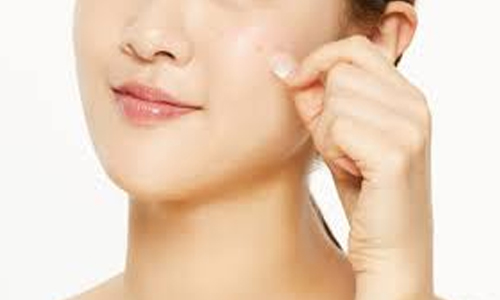
Pimple patches are meant to be worn only for a few hours, although some are designed to be worn for a bit longer. You always have options to choose the one that’s most comfortable for you.
Before applying the patches, you must wash and dry your skin completely. Then, you can simply stick the patch on your pimple and leave it for a few minutes. Remember, if your pimples start leaking or oozing pus, you must clean them properly before applying the patches.
Does Pimple Patches Make Your Acne Worse?
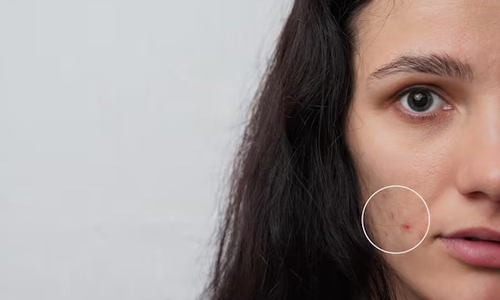
Do pimple patches make your acne worse? A big no!!! It won’t make your acne worse for sure. Instead, it won’t work on your acne too. In addition, some brands use retinol and tea tree oil to dry your pimple, which may irritate people with sensitive skin. So it is better to consult your dermatologist for better clarification if these pimple patches won’t work on your skin.
Pimple Patches for Every Type of Skin
Do you know what kind of pimple patches suit your skin type? Don’t worry!!! We are here to help you out!! Here are some of the tips to help you choose pimple patches based on their active ingredients for every different skin type.
- Dry Skin
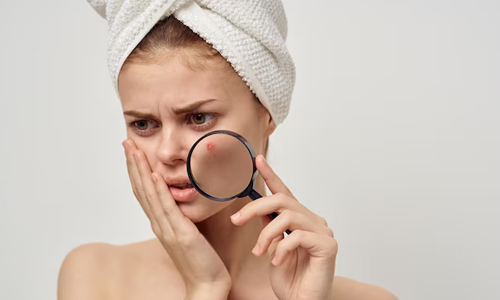
If you have dry skin, then choose pimple patches that have hyaluronic acid. It helps provide moisture and has a unique capacity to retain the actual moisture of your skin.
- Normal/Combination Skin
If you have normal or combination skin, then you can choose pimple patches that have glycolic acid in them. This glycolic acid helps brighten the skin tone of the pimple and prevents it from creating a pimple spot, it also exfoliates the skin.
- Oily Skin
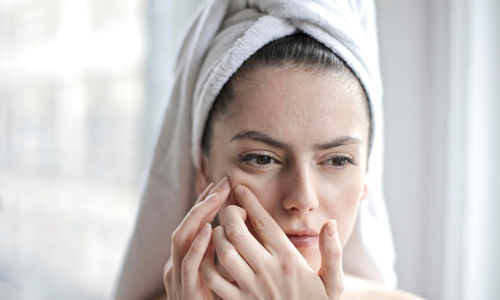
If you have oily skin, go for pimple patches that have salicylic acid, which is a chemical exfoliant, that helps fight against acne and deconstruct the inner pores of your skin.
- Sensitive Skin
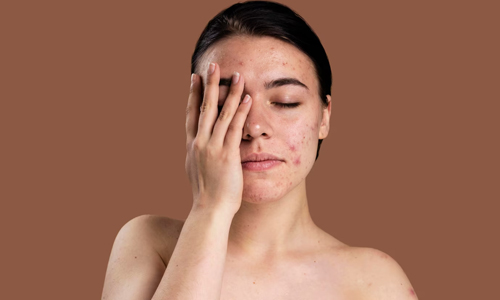
If you are a person with sensitive skin, then go for pimple patches with lactic acid and mandelic acid. These two active acids have gentle AHAs, and they help your pimple to settle down quickly and improve skin further.
I hope this blog helps you know more about pimple patches and what they do further after applying them to your skin. Choose wisely and have pimple-free healthy skin!!!
What are the side effects of pimple patches?
Although pimple patches are considered to be effective and easy to use, they have some side effects. The most frequently reported side effects are skin irritation and dryness around the patch because of the adhesive. Sometimes, those with sensitive skin might develop rashes, itchiness, or even inflammation due to other components such as salicylic acid or tea tree oil. If you have sensitive skin, first, do a patch test before applying the patch to the face. If skin irritation or discomfort occurs, use should be discontinued immediately.
How long do you have to use pimple patches to get results?
For whiteheads and small pimples, the outcome may be realized in half a day, when the patch has absorbed the pus, and the pimple flattens at night. In case of deep pimple or cysts, the reduction in size and inflammation may take 24-48 hours if the cream is repeatedly used. undefined For persistent acne, it is recommended to have a new patch for several consecutive nights to yield the best results.
Who should not use pimple patches?
Although pimple patches are not dangerous, they are not suitable for all people. Individuals with sensitive skin or those who are allergic to adhesive or any component of the common pimple patch such as salicylic acid or tea tree oil should avoid using them to prevent skin reactions or allergic reactions. Moreover, pimple patches do not work for closed comedones (whiteheads), blackheads, or deep cystic acne, which means that some people may not experience any improvement and should consult with other therapies. It is always advisable to seek the services of a dermatologist if you have any questions about pimple patches or other skin issues that you may be having.
Conclusion :
pimple patches can be effective as they are easy to use and are designed to target the affected area. They can help reduce the number of pimples by making the skin moist, which reduces the amount of oils and pus that are released from the skin, and sometimes including extra acne treatments to the mask. But, one must ensure that the right type of patch is applied according to the type of pimple and there might be some side effects also. However, if you have some issues or have a tendency to have acne, it is advisable to consult a dermatologist and receive more proper treatment.
Kiara
Related posts
Women Tips
Privacy Overview
| Cookie | Duration | Description |
|---|---|---|
| cookielawinfo-checkbox-analytics | 11 months | This cookie is set by GDPR Cookie Consent plugin. The cookie is used to store the user consent for the cookies in the category "Analytics". |
| cookielawinfo-checkbox-functional | 11 months | The cookie is set by GDPR cookie consent to record the user consent for the cookies in the category "Functional". |
| cookielawinfo-checkbox-necessary | 11 months | This cookie is set by GDPR Cookie Consent plugin. The cookies is used to store the user consent for the cookies in the category "Necessary". |
| cookielawinfo-checkbox-others | 11 months | This cookie is set by GDPR Cookie Consent plugin. The cookie is used to store the user consent for the cookies in the category "Other. |
| cookielawinfo-checkbox-performance | 11 months | This cookie is set by GDPR Cookie Consent plugin. The cookie is used to store the user consent for the cookies in the category "Performance". |
| viewed_cookie_policy | 11 months | The cookie is set by the GDPR Cookie Consent plugin and is used to store whether or not user has consented to the use of cookies. It does not store any personal data. |

